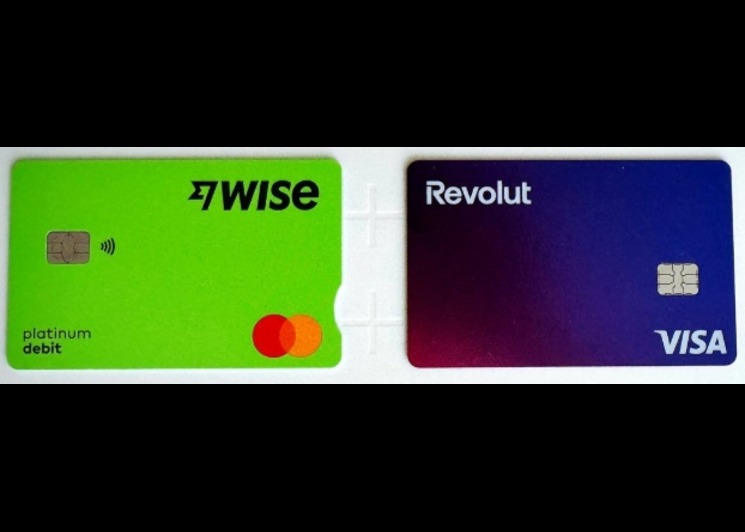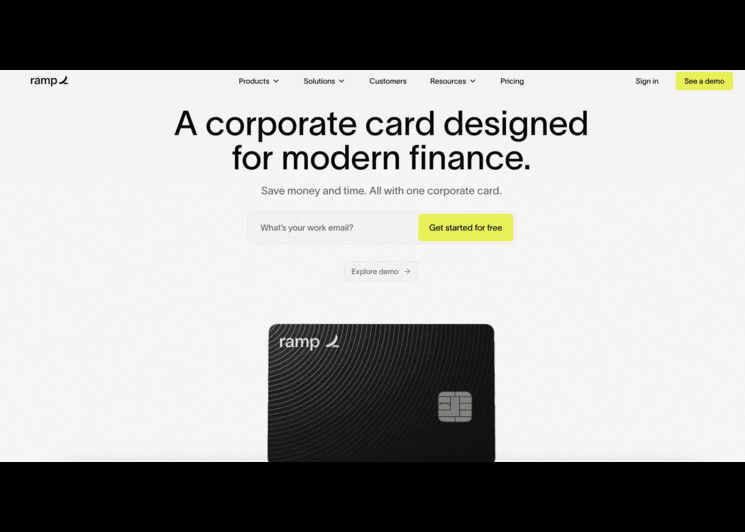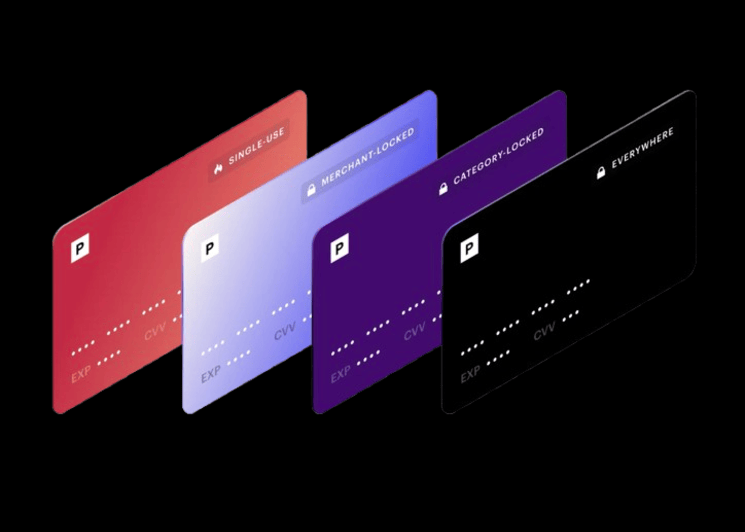The Truth About Credit Card Scams: Why Virtual Cards Are the Safer Choice

Credit card scams have quietly evolved into one of the biggest financial risks in our increasingly digital world. Each year, millions of people fall victim to fraudulent transactions, data breaches, and phishing traps designed to steal their card information. According to data from the Nilson Report, global losses from credit card scams totalled $33.83 billion in 2023, and experts predict that number will continue to rise as more payments move online.
While banks and issuers continue to strengthen their fraud detection systems, scammers are adapting faster. The reality is that traditional credit cards, with their fixed numbers and recurring exposure across multiple platforms, remain easy targets. That’s where virtual credit cards, like the ones offered by Bycard, step in to change the game.
- The Truth About Credit Card Scams: Why Virtual Cards Are the Safer Choice
- Understanding How Credit Card Scams Work
- Why Traditional Credit Cards Are Vulnerable
- How Virtual Credit Cards Protect Against Credit Card Scams
- Real-World Examples: Avoiding Scams With Bycard
- Beyond Protection: Better Control and Transparency
- Credit Card Scams Around the World
- Building Long-Term Awareness
Understanding How Credit Card Scams Work
To prevent credit card scams, it helps to first understand how they operate. Fraudsters today use a mix of social engineering, digital manipulation, and automation to steal card details and commit unauthorized transactions.
Here are some of the most common types of credit card scams:
- Phishing scams: Fake websites or emails that mimic legitimate brands trick users into entering card details.
- Skimming devices: Hidden readers attached to ATMs or point-of-sale machines that clone card information.
- Fake subscription renewals: Fraudsters charge small recurring amounts that often go unnoticed.
- Data breaches: When a retailer or service provider’s database is hacked, exposing thousands of stored credit card numbers.
These tactics exploit one simple truth: traditional credit cards are static. Once your number, CVV, or expiry date is compromised, scammers can reuse it until it’s reported or blocked.
Why Traditional Credit Cards Are Vulnerable
A standard credit card carries a single number that rarely changes. Every time you shop online, book a ticket, or subscribe to a streaming service, that same number gets stored, sometimes in multiple systems you can’t control. Even if just one merchant experiences a breach, your data could be sold or misused elsewhere.
Traditional fraud alerts and chargeback systems help, but they’re reactive, they step in after damage has already occurred. Preventing credit card scams requires a proactive defense, and that’s where virtual credit cards have become one of the smartest security layers in modern finance.
How Virtual Credit Cards Protect Against Credit Card Scams
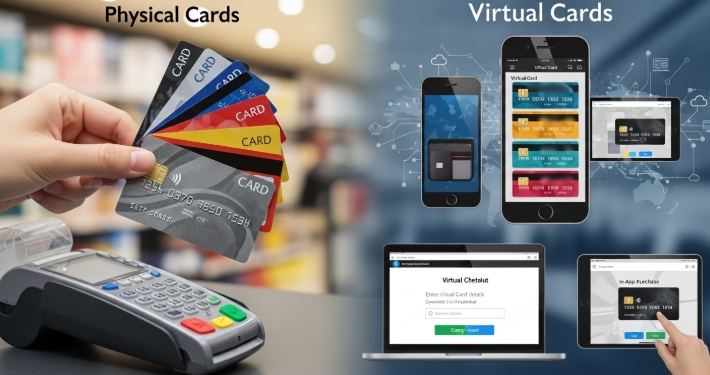
A virtual credit card functions like a traditional one, but with one powerful difference, it’s temporary and flexible. Each virtual card generates a unique number that can be customized for a specific transaction, merchant, or spending limit.
Here’s how that helps protect you from credit card scams:
- Dynamic card numbers: Each transaction can use a different card number, so even if a hacker gains access to one, it becomes useless for future use.
- Merchant-specific cards: You can create cards that only work with a single store or service, blocking any attempt to reuse the data elsewhere.
- Spending and time limits: Set limits or expiry dates for each card to reduce the risk of ongoing charges.
- Instant deactivation: If you notice suspicious activity, you can freeze or delete the card immediately, no waiting on customer service.
Platforms like Bycard take this protection further. Bycard’s virtual credit cards use encryption, real-time transaction monitoring, and 3D Secure authentication to add multiple layers of defense against credit card scams. You can create virtual cards for shopping, subscriptions, or one-time payments, all from one dashboard, ensuring your primary card details are never exposed online.
Real-World Examples: Avoiding Scams With Bycard
Consider an online shopper who frequently buys from small e-commerce stores. One day, they receive an email from what appears to be their favourite retailer, offering a massive discount. They click through, make a purchase, and later realize the site was a clone, a typical phishing setup.
If they had used a traditional card, their information would now be compromised. But with a Bycard virtual credit card, they could have created a single-use card for that transaction. Once used, the card number would automatically expire, rendering it useless for the scammer.
Another scenario: subscription services. Many users sign up for free trials that quietly convert into recurring payments. Bycard allows users to set strict spending caps and expiry dates, ensuring that once the trial ends, no further charges can go through. These are simple, everyday examples of how virtual cards make credit card scams far less effective.
Beyond Protection: Better Control and Transparency
The benefits of using virtual cards go beyond just fraud prevention. They introduce a new level of financial control that traditional cards can’t match.
With Bycard, users can:
- Track every transaction in real-time, across different merchants.
- Separate work-related expenses from personal spending.
- Manage online subscriptions without sharing their main card details.
This visibility helps detect irregular patterns early, a key step in avoiding larger credit card scams that often start with small, unnoticed charges.
Credit Card Scams Around the World
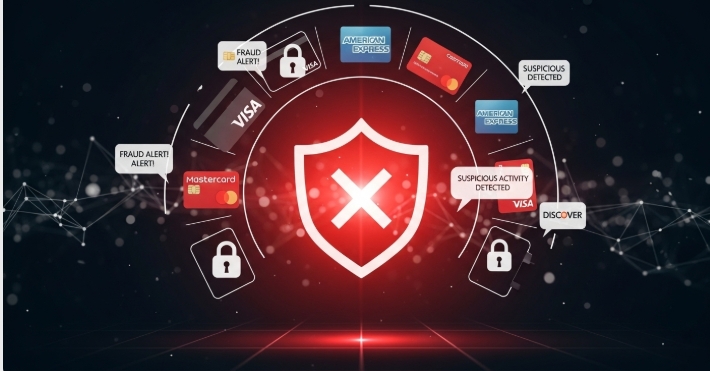
Credit card scams may look different around the world, but the problem, and the risk, is the same everywhere.
- Across Africa, digital payment adoption is rising rapidly, but so are scams involving fake e-commerce pages and social media offers.
- In the United States, online purchase fraud accounts for over 65% of all card-related losses, according to the Federal Trade Commission.
- In the United Kingdom, the UK Finance 2024 report found that £538 million was lost to unauthorized card fraud.
Building Long-Term Awareness
Technology can minimize risks, but awareness is equally important. Staying alert to common signs of credit card scams, such as unfamiliar charges, duplicate payments, or messages requesting personal information, is essential.
Pairing that awareness with virtual card tools creates a two-layer safety net. Even if a scam attempt slips through, the exposure is limited to a single-use card or capped transaction, not your entire credit line.
As online payments continue to grow, this combination of proactive awareness and secure technology represents the most practical way to safeguard finances.
Conclusion
Credit card scams aren’t going away anytime soon. They’re evolving alongside technology, becoming more sophisticated and harder to spot. But so are the defenses. Virtual credit cards, especially solutions like Bycard, have transformed how people protect their money online, shifting from damage control to prevention.
By allowing users to generate unique, encrypted card numbers for every purchase, Bycard makes it significantly harder for scammers to exploit stolen data. The result is a safer, more transparent payment experience that gives users control instead of fear.


